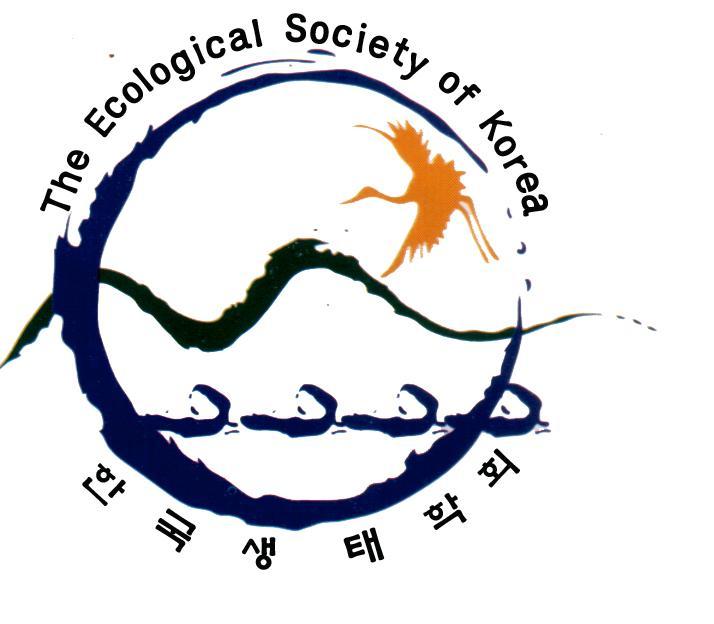- KOREAN
- P-ISSN2287-8327
- E-ISSN2288-1220
- SCOPUS, KCI
 ISSN : 2287-8327
ISSN : 2287-8327
Article Contents
- 2024 (Vol.48)
- 2023 (Vol.47)
- 2022 (Vol.46)
- 2021 (Vol.45)
- 2020 (Vol.44)
- 2019 (Vol.43)
- 2018 (Vol.42)
- 2017 (Vol.41)
- 2016 (Vol.39)
- 2015 (Vol.38)
- 2014 (Vol.37)
- 2013 (Vol.36)
- 2012 (Vol.35)
- 2011 (Vol.34)
- 2010 (Vol.33)
- 2009 (Vol.32)
- 2008 (Vol.31)
- 2007 (Vol.30)
- 2006 (Vol.29)
- 2005 (Vol.28)
- 2004 (Vol.27)
- 2003 (Vol.26)
- 2002 (Vol.25)
- 2001 (Vol.24)
The effect of thinning on trade-offs in ecosystem services: the case study of a Korean pine plantation on Mt. Gari
Soon Jin Yun
Minsoo Kim (Forest Ecology Division, National Institute of Forest Science)
Heemoon Yang
A Reum Kim (Forest Ecology Division, National Institute of Forest Science)
Abstract
Background: The study was carried out to analyze the temporal changes of trade-offs ( TOs) between two ecosystem services (ESs) before and after thinning in a Pinus koraiensis plantation on Mt. Gari from 2006 to 2021. As target variables, aboveground carbon (AGC) storage and species richness (SR) were chosen for regulating and supporting services. Thinning was applied from 2007 through 2008 with three treatments: 1) light thinning (LT ), 2) heavy thinning (HT ), and 3) control (Con). Results: Thinning influenced both AGC and SR. In 2021, AGC in the Con (111.1 t C ha-1) was significantly higher compared to the LT (82.0 t C ha-1) and HT (60.4 t C ha-1) after thin- ning from 2007 to 2008. Also, SR was marginally higher in the LT (94 species) than in the Con (55 species) and HT (87 species) in 2011. Relative benefits of AGC and SR showed simi- lar trends with the obtained values. In addition, the effects of thinning on TO varied among treatments and over time, demonstrating different degrees of TO between the two ESs. In the LT, TO was 0.13 in 2006 and slightly increased to 0.2 by 2021. TO in the HT exhibited a relatively rapid increase from 0.22 in 2006 to 0.58 by 2021, while To in the Con fluctuated, rising to 0.36 in 2011 from 0.1 in 2006 and decreasing to 0.25 by 2021. Among the three treatments, the degree of TOs between the two ESs was the lowest in the LT. Conclusions: Depending on thinning intensities, the responses of ESs and the degree of TOs vary. Regarding the balance between enhancements and TOs in ESs among treat- ments, the LT treatment showing intermediate carbon storage, higher SR, and lower TOs will be a proper silvicultural application.
- keywords
- ecosystem service, Pinus koraiensis, relative benefit, thinning, trade-off
- Downloaded
- Viewed
- 0KCI Citations
- 0WOS Citations
